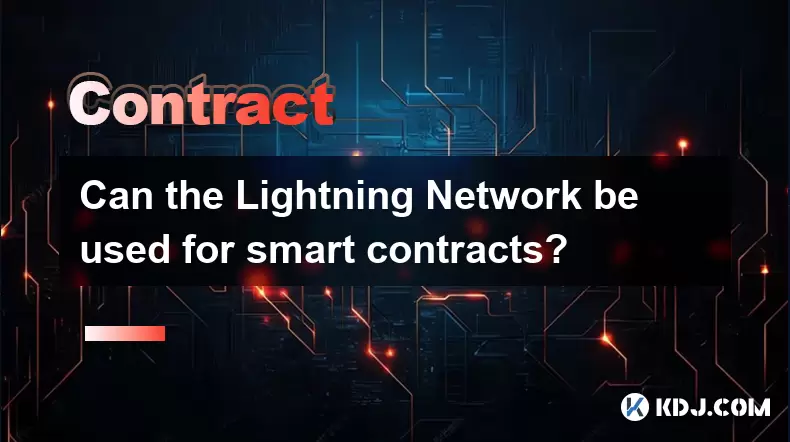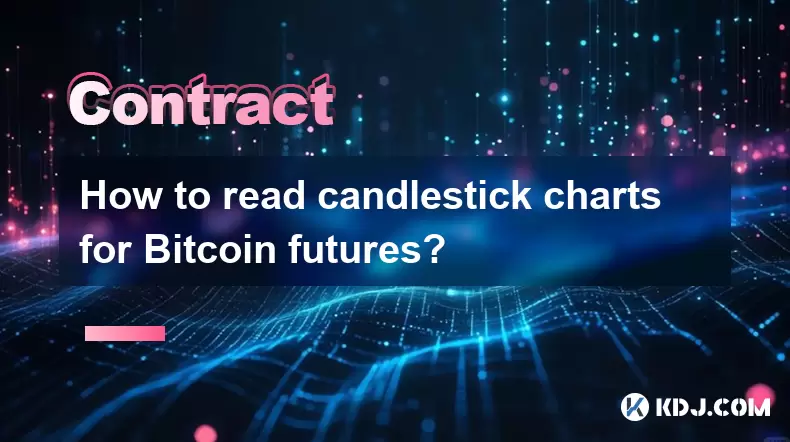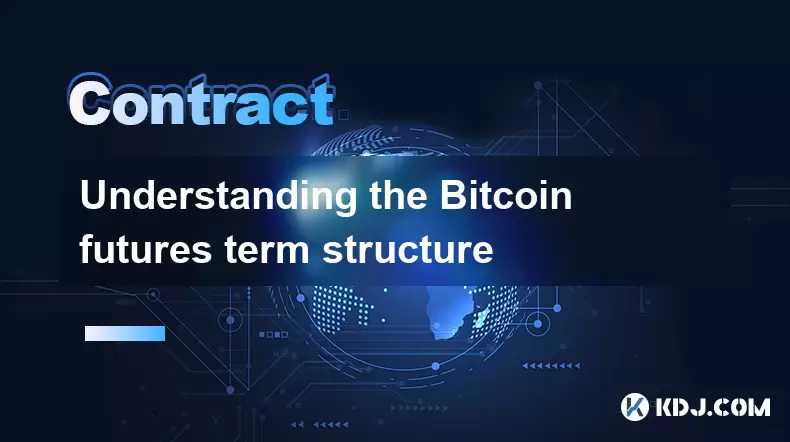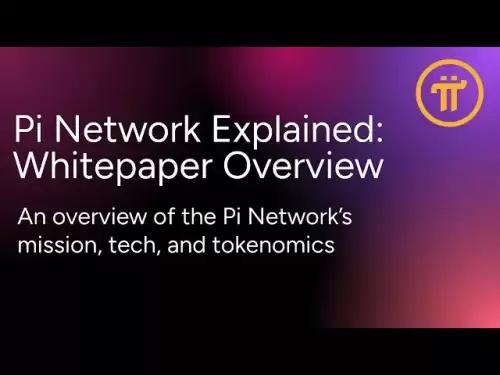-
 Bitcoin
Bitcoin $121,713.8152
3.06% -
 Ethereum
Ethereum $3,041.6437
2.42% -
 XRP
XRP $2.9499
5.12% -
 Tether USDt
Tether USDt $1.0000
-0.02% -
 BNB
BNB $704.1034
1.75% -
 Solana
Solana $166.7523
2.91% -
 USDC
USDC $0.9999
0.00% -
 Dogecoin
Dogecoin $0.2052
2.90% -
 TRON
TRON $0.3011
-0.47% -
 Cardano
Cardano $0.7461
1.42% -
 Hyperliquid
Hyperliquid $48.3650
1.12% -
 Stellar
Stellar $0.4548
3.52% -
 Sui
Sui $3.9527
14.50% -
 Chainlink
Chainlink $16.3300
5.87% -
 Bitcoin Cash
Bitcoin Cash $511.8016
1.25% -
 Hedera
Hedera $0.2395
1.40% -
 Avalanche
Avalanche $21.6526
2.06% -
 UNUS SED LEO
UNUS SED LEO $9.0073
-0.23% -
 Shiba Inu
Shiba Inu $0.0...01369
2.61% -
 Toncoin
Toncoin $3.0335
0.66% -
 Litecoin
Litecoin $96.6206
1.72% -
 Monero
Monero $355.1673
5.35% -
 Polkadot
Polkadot $4.0839
2.47% -
 Uniswap
Uniswap $9.3282
9.72% -
 Dai
Dai $0.9997
-0.01% -
 Ethena USDe
Ethena USDe $1.0004
-0.04% -
 Pepe
Pepe $0.0...01248
1.07% -
 Bitget Token
Bitget Token $4.4642
2.68% -
 Aave
Aave $325.0626
6.81% -
 Bittensor
Bittensor $418.1482
6.22%
Can the Lightning Network be used for smart contracts?
The Lightning Network enables fast, low-cost payments through off-chain channels but lacks the flexibility for complex smart contracts like those on Ethereum.
Jul 14, 2025 at 11:28 pm

Understanding the Lightning Network's Core Functionality
The Lightning Network is a second-layer solution built on top of blockchain protocols like Bitcoin to enable faster and cheaper transactions. It operates by creating off-chain payment channels between users, allowing them to conduct multiple transactions without broadcasting each one to the main blockchain. This system significantly reduces transaction fees and increases throughput. However, its primary design focus has been on micropayments and peer-to-peer value transfer, not on executing complex logic or conditions that are typically associated with smart contracts.
Smart contracts are self-executing agreements where the terms are directly written into lines of code. They automatically enforce and execute themselves when certain conditions are met. Ethereum popularized this concept, making it a cornerstone for decentralized applications (dApps). In contrast, the Lightning Network was not originally intended to support such programmable contracts.
How Smart Contracts Differ from Lightning Network Transactions
To understand whether the Lightning Network can be used for smart contracts, it’s essential to distinguish between standard payment channels and programmable contract execution. Lightning transactions are primarily state updates within a channel that eventually settle on the blockchain. These updates are signed by both parties and are only broadcasted when the channel is closed.
Unlike Ethereum-based smart contracts, which allow developers to write arbitrary logic using languages like Solidity, Lightning relies on Hash Time-Locked Contracts (HTLCs) and other cryptographic tools to ensure trustless payments across the network. While these mechanisms do offer some conditional execution capabilities, they are limited in scope and complexity compared to full-fledged smart contracts.
- HTLCs allow payments to be routed through intermediaries with time-bound conditions.
- Multi-signature wallets secure funds during channel operation but lack dynamic execution features.
- Channel state updates are manually agreed upon rather than being triggered by external data or events.
Capabilities of the Lightning Network Related to Conditional Logic
Despite its limitations, the Lightning Network does incorporate some elements that resemble basic smart contract functionality. For example, HTLCs can be seen as simple conditional transfers where a recipient must provide a cryptographic proof (a preimage) to claim funds before a deadline. This mechanism enables cross-channel and cross-network payments, such as atomic swaps between different blockchains.
However, these are predefined conditions rather than programmable scripts. Developers cannot arbitrarily create new types of logic or interact with external data sources like oracles. The Lightning Network lacks the ability to process inputs beyond what is already encoded in the protocol itself. Therefore, while there are contractual properties embedded in its design, they are not flexible enough to accommodate general-purpose smart contracts.
Experimental Implementations and Layered Solutions
There have been experimental efforts to extend the Lightning Network’s capabilities to include more advanced contract-like behaviors. Projects like Taro and Eltoo aim to enhance the protocol by enabling features such as asset layering and simplified channel state management. Additionally, some developers have explored integrating zero-knowledge proofs or scripting enhancements to introduce more flexibility.
One notable development is the use of discreet log contracts (DLCs) in conjunction with Lightning. DLCs allow two parties to enter into an agreement based on real-world outcomes verified by oracles. By anchoring these contracts within Lightning channels, users can benefit from fast settlement and reduced on-chain interaction. However, these implementations remain niche and require further standardization before widespread adoption.
- Taro allows issuance and transfer of assets over the Lightning Network.
- Eltoo simplifies state updates and dispute resolution in payment channels.
- DLCs enable conditional bets or agreements tied to external data.
Practical Limitations and Use Cases
For most practical purposes, the Lightning Network cannot replace platforms like Ethereum when it comes to deploying complex smart contracts. Its architecture prioritizes speed and scalability for payments, not Turing-complete computation. That said, there are specific scenarios where Lightning’s existing toolset can simulate contract behavior:
- Micropayment subscriptions — recurring small-value transfers controlled by channel updates.
- Escrow services — multi-party channels where funds are released after mutual verification.
- Gaming tokens — in-game currency or items transferred via Lightning with predefined rules.
These use cases rely on predefined logic baked into the protocol and do not allow for dynamic modifications once deployed. Users looking for greater flexibility will need to look elsewhere or wait for future upgrades that may expand Lightning’s programmability.
Can I deploy a custom smart contract on the Lightning Network?
No, you cannot deploy a custom smart contract on the Lightning Network in the traditional sense. The network supports only predefined conditions like HTLCs and does not allow for arbitrary code execution or interaction with external data.
Is there any way to build dApps using the Lightning Network?
While the Lightning Network isn’t designed for full dApp development, some projects are exploring hybrid models where dApps interface with Lightning for fast payments while relying on other layers for logic execution. Examples include gaming platforms and streaming services that utilize micropayments.
Are there alternatives to the Lightning Network for smart contract functionality?
Yes, platforms like Ethereum, Solana, and Cardano are specifically built for smart contracts and dApp development. If programmability is your primary goal, these networks offer more robust tooling and infrastructure compared to the Lightning Network.
Will future upgrades make Lightning support full smart contracts?
Currently, no roadmap exists for turning the Lightning Network into a general-purpose smart contract platform. While research continues into expanding its capabilities, its core mission remains focused on scalable, low-cost payments rather than complex programmability.
Disclaimer:info@kdj.com
The information provided is not trading advice. kdj.com does not assume any responsibility for any investments made based on the information provided in this article. Cryptocurrencies are highly volatile and it is highly recommended that you invest with caution after thorough research!
If you believe that the content used on this website infringes your copyright, please contact us immediately (info@kdj.com) and we will delete it promptly.
- Ethereum, 2025 Prediction & Ozak AI: Are New?
- 2025-07-15 06:30:12
- Bitcoin Blasts Past $122K: CZ Binance's ATH Future Vision
- 2025-07-15 06:30:12
- Metaplanet's Crypto Playbook: Asia Treasuries and the Bitcoin Standard
- 2025-07-15 06:35:12
- Token Buybacks & Altcoin Developers: Navigating Market Tokens in the Wild West
- 2025-07-15 04:30:12
- BlockDAG, X1 App, and Litecoin Outlook: A 2025 Mid-Year Crypto Surge?
- 2025-07-15 05:30:12
- Bitcoin Blasts Past $120K: How US Policy is Fueling the Crypto Craze
- 2025-07-15 04:30:12
Related knowledge

Psychology of trading Bitcoin contracts
Jul 13,2025 at 02:50am
Understanding the Emotional Rollercoaster of Bitcoin Futures TradingBitcoin contract trading, especially in the form of futures, introduces a high lev...

Can the Lightning Network be used for smart contracts?
Jul 14,2025 at 11:28pm
Understanding the Lightning Network's Core FunctionalityThe Lightning Network is a second-layer solution built on top of blockchain protocols like Bit...

Best time of day to trade Bitcoin contracts?
Jul 13,2025 at 05:29am
Understanding Bitcoin Contracts and Their VolatilityBitcoin contracts, particularly futures contracts, are derivative instruments that allow traders t...

How to read candlestick charts for Bitcoin futures?
Jul 15,2025 at 03:00am
Understanding the Basics of Candlestick ChartsCandlestick charts are widely used in cryptocurrency trading, especially for Bitcoin futures. Each candl...

How to use Fibonacci levels in Bitcoin contract trading?
Jul 13,2025 at 08:07am
Understanding Fibonacci Levels in TradingFibonacci levels are a technical analysis tool used by traders to identify potential support and resistance z...

Understanding the Bitcoin futures term structure
Jul 13,2025 at 08:28am
What is Bitcoin Futures Term Structure?The Bitcoin futures term structure refers to the relationship between the prices of Bitcoin futures contracts w...

Psychology of trading Bitcoin contracts
Jul 13,2025 at 02:50am
Understanding the Emotional Rollercoaster of Bitcoin Futures TradingBitcoin contract trading, especially in the form of futures, introduces a high lev...

Can the Lightning Network be used for smart contracts?
Jul 14,2025 at 11:28pm
Understanding the Lightning Network's Core FunctionalityThe Lightning Network is a second-layer solution built on top of blockchain protocols like Bit...

Best time of day to trade Bitcoin contracts?
Jul 13,2025 at 05:29am
Understanding Bitcoin Contracts and Their VolatilityBitcoin contracts, particularly futures contracts, are derivative instruments that allow traders t...

How to read candlestick charts for Bitcoin futures?
Jul 15,2025 at 03:00am
Understanding the Basics of Candlestick ChartsCandlestick charts are widely used in cryptocurrency trading, especially for Bitcoin futures. Each candl...

How to use Fibonacci levels in Bitcoin contract trading?
Jul 13,2025 at 08:07am
Understanding Fibonacci Levels in TradingFibonacci levels are a technical analysis tool used by traders to identify potential support and resistance z...

Understanding the Bitcoin futures term structure
Jul 13,2025 at 08:28am
What is Bitcoin Futures Term Structure?The Bitcoin futures term structure refers to the relationship between the prices of Bitcoin futures contracts w...
See all articles

























































































